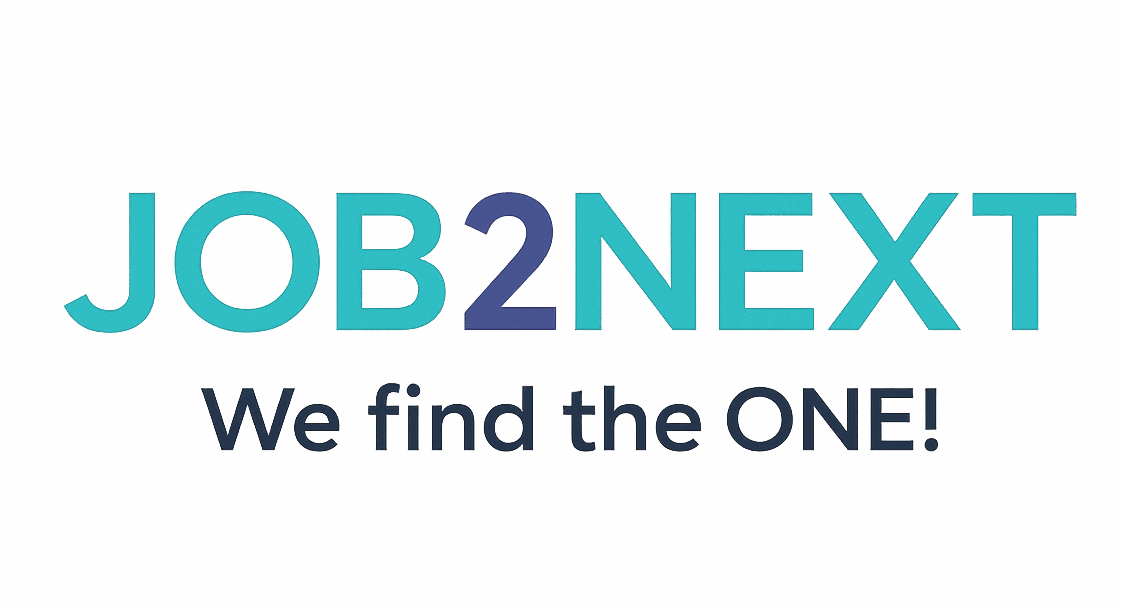The Silent Epidemic
In the bustling corridors of modern enterprises, a silent epidemic brews. Mental health issues often lurk in the shadows, concealed by the facade of productivity and professionalism. Despite the outward appearance of efficiency, employees grapple with anxiety, depression, and burnout. These mental health challenges not only affect individual well-being but also undermine organizational success. It is high time we unmask this silent adversary and confront it with empathy and proactive measures.
The Cost of Neglect
Neglecting mental health in the workplace exacts a hefty toll. Absenteeism, presenteeism, and diminished productivity are the visible costs. However, the deeper impact manifests in the form of reduced creativity, impaired decision-making, and strained interpersonal relationships. Employees enduring mental health struggles often feel isolated, leading to a toxic cycle of disengagement and decreased morale. The financial ramifications are staggering, with billions lost annually due to untreated mental health conditions. Investing in mental health is not just a moral imperative; it is a fiscal necessity.
Recognizing the Signs
Awareness is the first step toward addressing mental health issues. Managers and colleagues must be adept at recognizing the subtle signs of distress. Changes in behavior, such as withdrawal from social interactions, erratic mood swings, and a decline in work performance, are red flags. Physical symptoms like frequent headaches, fatigue, and unexplained illnesses often signal underlying mental health problems. Cultivating an environment where employees feel safe to voice their struggles without fear of stigma is crucial. Training programs that educate staff on mental health awareness can foster a more supportive workplace culture.
Creating a Supportive Environment
A supportive workplace environment is the cornerstone of mental well-being. Encouraging open dialogue about mental health and normalizing conversations around it can break the stigma. Flexible work arrangements, such as remote work and flexible hours, can alleviate stress. Additionally, offering access to mental health resources, such as counseling services and employee assistance programs, provides vital support. Creating quiet, stress-free zones within the office where employees can unwind and practice mindfulness can also be beneficial. A culture of empathy and understanding should permeate every level of the organization.
The Role of Leadership
Leadership plays a pivotal role in championing mental health initiatives. Leaders must lead by example, demonstrating a commitment to mental well-being. By sharing their own experiences and showing vulnerability, leaders can inspire others to seek help. Transparent communication, where leaders actively listen and respond to employees’ concerns, fosters trust. Moreover, incorporating mental health goals into the organization’s strategic plans underscores its importance. Leaders must also ensure that mental health policies are not merely token gestures but are actively implemented and monitored.
Implementing Effective Policies
Effective mental health policies are comprehensive and inclusive. They should address the diverse needs of the workforce, recognizing that mental health is not a one-size-fits-all issue. Policies must include provisions for mental health leave, flexible work options, and access to professional support. Regular mental health assessments and surveys can help gauge the effectiveness of these policies and identify areas for improvement. Collaboration with mental health professionals can ensure that policies are grounded in expert advice and best practices.
Training and Education
Education is a powerful tool in combating mental health issues. Regular training sessions on stress management, resilience building, and mental health awareness equip employees with essential skills. Workshops on mindfulness, meditation, and wellness can promote a holistic approach to mental well-being. Additionally, providing resources such as literature, online courses, and support groups can empower employees to take charge of their mental health. Continuous education ensures that the workforce remains informed and equipped to tackle mental health challenges.
The Future of Workplace Mental Health
The future of workplace mental health is bright, but it requires concerted effort and commitment. Technology will play a significant role, with innovations such as mental health apps, virtual therapy, and AI-driven support systems becoming integral. Organizations must stay ahead of these trends, integrating them into their mental health strategies. A proactive approach, where mental health is prioritized alongside physical health, will redefine workplace culture. As we move forward, a mentally healthy workplace will not be a luxury but a standard, fostering happier, more productive employees and resilient organizations.
“When the well-being of employees is nurtured, productivity is not forced—it flourishes.”

Get Your Resume Done Right with JOB2NEXT
With more than 5 million opportunities waiting to be matched, JOB2NEXT helps you stand out from the crowd.
- Follow our expert tips and tricks to boost your chances.
- Start your job search with a resume that opens doors.
- Let the specialists at JOB2NEXT craft your resume for maximum impact.
Your resume will be:
- ✅ Keyword-optimized for visibility
- ✅ Tailored to your industry
- ✅ Highlighting measurable achievements
- ✅ Backed by data and precision
- ✅ Reviewed and perfected by experts
At JOB2NEXT, we don’t just create resumes — we create opportunities.




